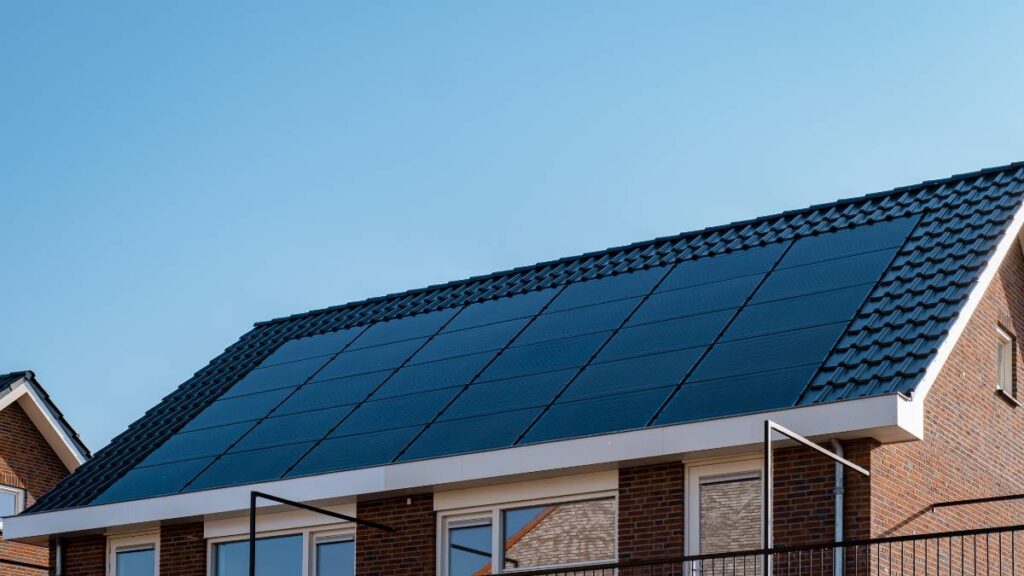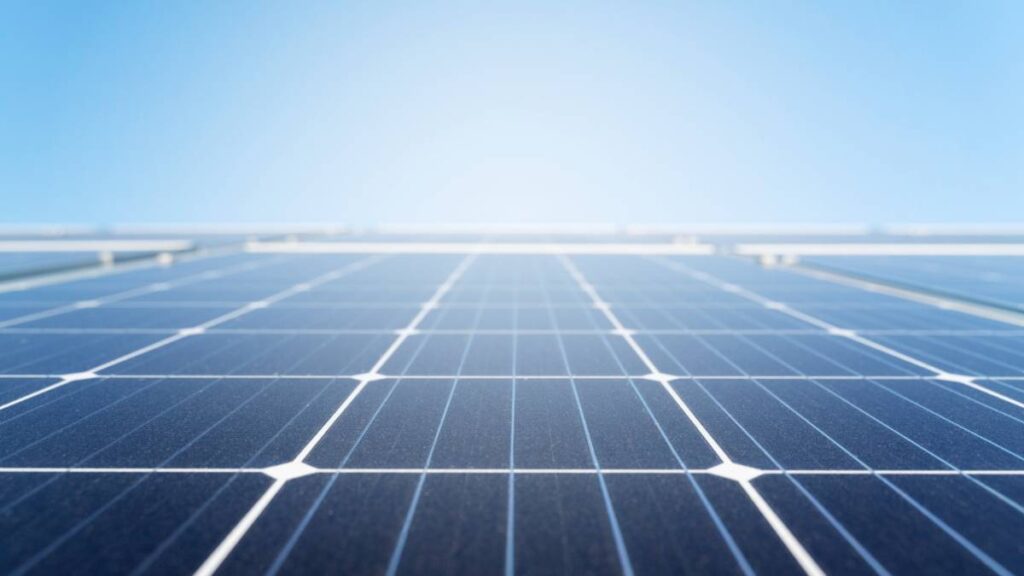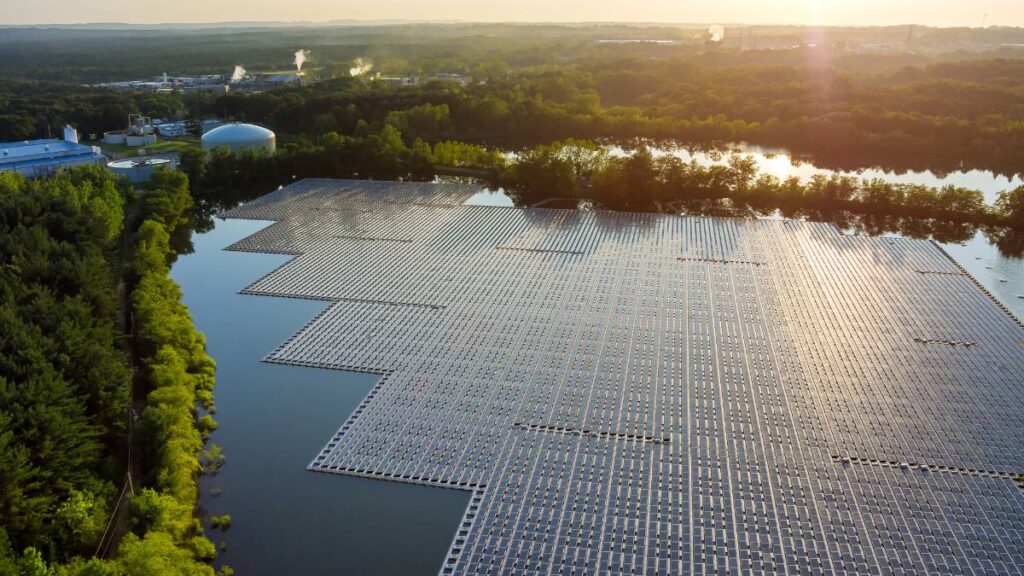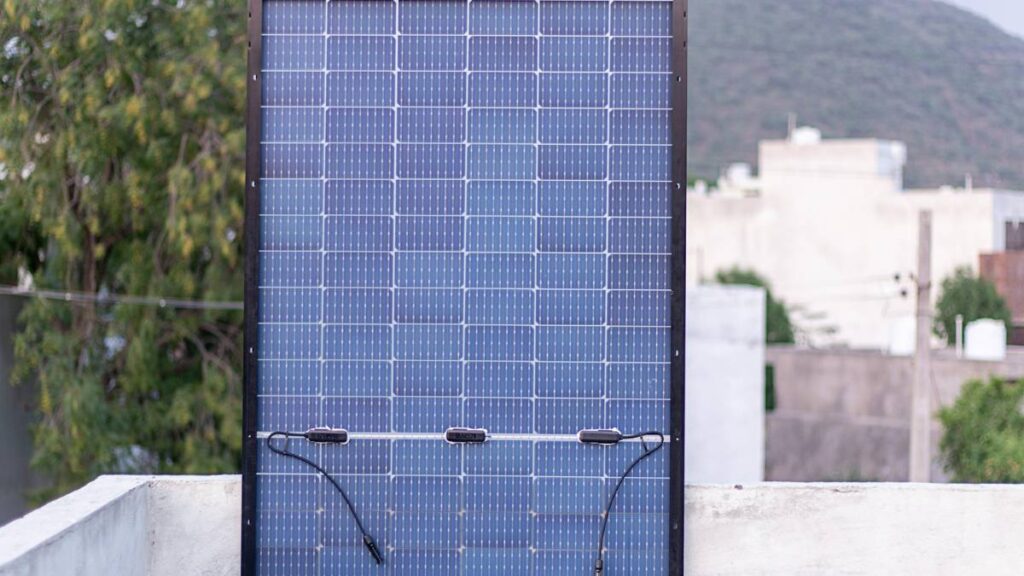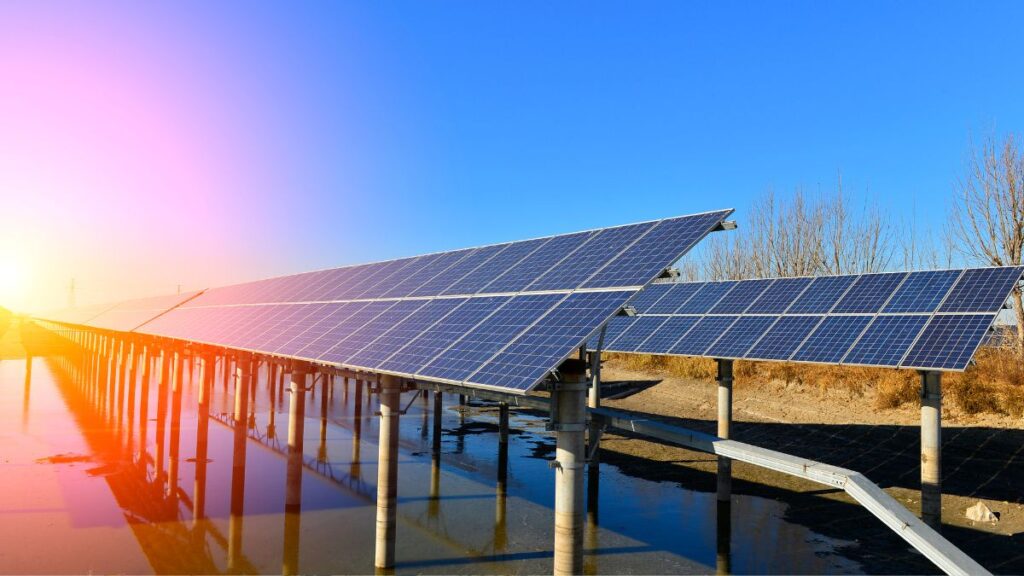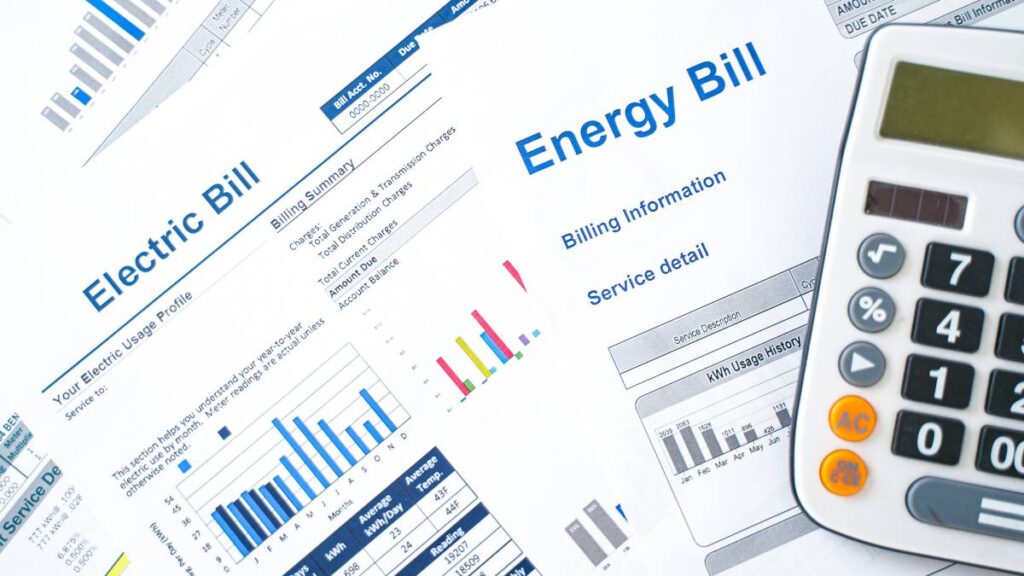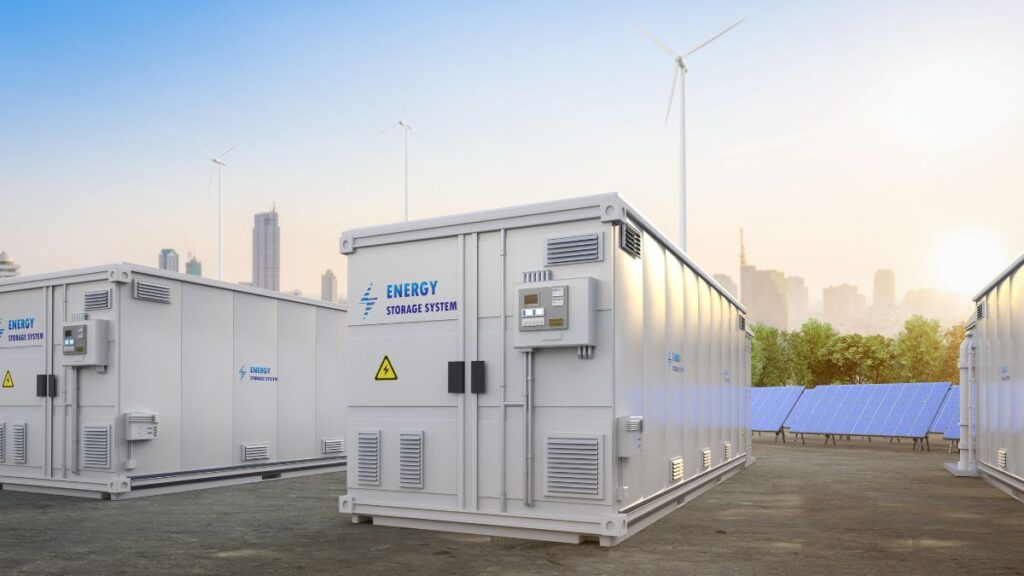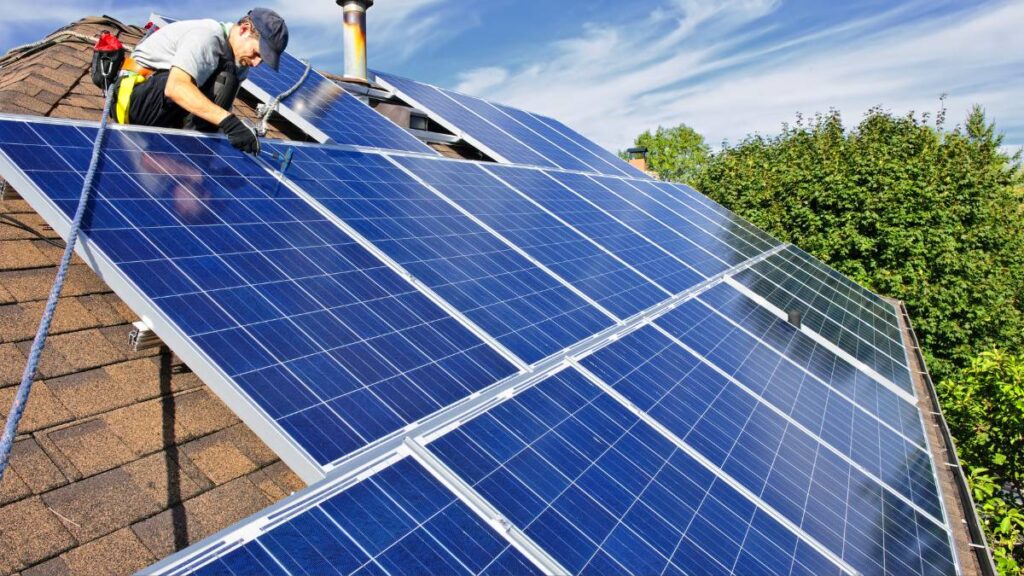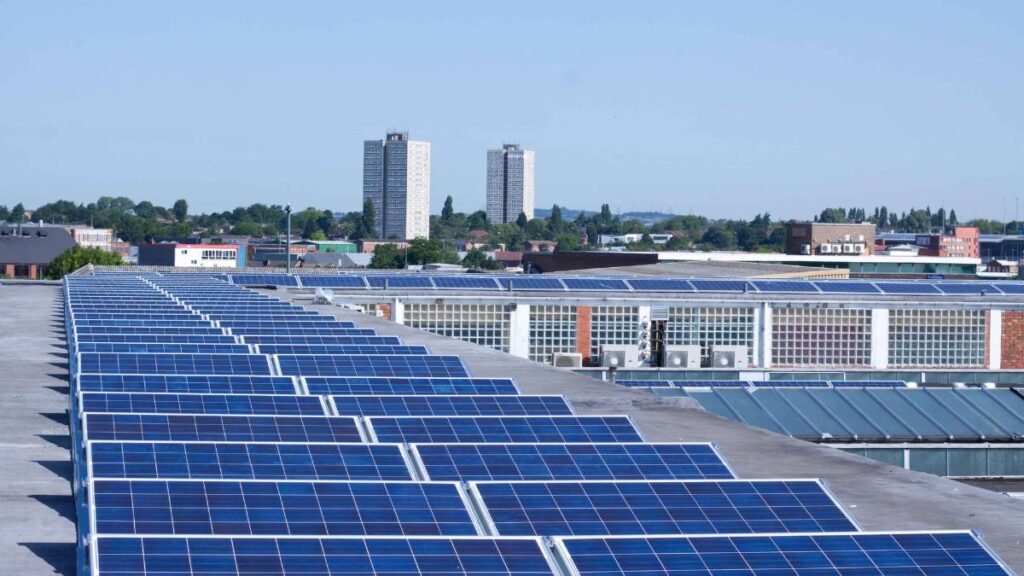Residential Solar 101
Your Essential Guide to Home Solar Panel Installation Switching to solar energy has never been easier, and homeowners worldwide are embracing this clean, renewable power source. Whether you’re looking to cut down on electricity bills, reduce your carbon footprint, or increase your property value, installing residential solar panels is a smart investment. This comprehensive guide will walk you through everything you need to know—from evaluating your home’s solar potential to understanding installation costs, incentives, and maintenance. 1. Understanding Solar Energy Basics Before diving into the installation process, it’s essential to understand how solar panels work. How Do Solar Panels Generate Electricity? Solar panels use photovoltaic (PV) cells to convert sunlight into electricity. This clean energy can then be: ☀ Used immediately to power your home.⚡ Stored in a solar battery for later use.🔌 Sent back to the grid through net metering, earning you credits on your electricity bill. Why Should You Go Solar? ✅ Lower electricity bills – Save money by generating your own power.✅ Energy independence – Reduce reliance on the utility grid.✅ Increase property value – Solar-equipped homes are more attractive to buyers.✅ Environmental benefits – Reduce greenhouse gas emissions and combat climate change. 2. Evaluating Your Home’s Solar Potential Not all homes are ideal for solar panel installation. Several factors influence how much energy your system will generate: Key Considerations for Home Solar Feasibility 🏡 Roof Orientation & Angle: South-facing roofs with a 15-40° tilt are optimal for maximum sun exposure.🌳 Shading & Obstructions: Trees, chimneys, and tall buildings can reduce solar efficiency.☀ Local Climate & Sunlight Hours: Sunny regions generate more solar power, but even cloudy areas benefit.📍 Available Roof Space: The more surface area available, the more solar panels you can install. How to Assess Your Home’s Solar Readiness 🔹 Use Google’s Project Sunroof or solar mapping tools to estimate solar potential.🔹 Request a professional solar evaluation from a certified installer. 3. Choosing the Right Solar Panels and Equipment There are several types of solar panels to choose from, each with unique advantages: Types of Solar Panels 🔹 Monocrystalline Solar Panels – High efficiency, sleek appearance, but more expensive.🔹 Polycrystalline Solar Panels – Affordable, slightly lower efficiency.🔹 Thin-Film Solar Panels – Lightweight, flexible, and great for unique installations. Other Important Solar Components 💡 Solar Inverters – Convert DC power from panels into usable AC electricity.🔋 Battery Storage (Optional) – Stores excess energy for use at night or during power outages.📡 Smart Solar Monitoring Systems – Tracks real-time energy production and consumption. 🔍 Pro Tip: Choosing high-efficiency solar panels ensures maximum energy output and long-term savings. 4. Understanding Costs and Financial Incentives While solar panel installation has upfront costs, it’s a long-term investment that pays for itself in energy savings. How Much Do Solar Panels Cost? 💰 Average residential solar system cost: $10,000 – $30,000 before incentives.⏳ Average payback period: 5-10 years (depending on location and energy use).📉 Long-term savings: Solar panels can cut electricity bills by 50-100%. Available Solar Incentives & Rebates 🔹 Federal Solar Tax Credit (ITC) – Homeowners in the U.S. can get up to 30% off installation costs.🔹 State & Local Rebates – Additional incentives vary by location.🔹 Net Metering – Sell excess electricity back to the grid for bill credits. 💡 Tip: Use the DSIRE Database (Database of State Incentives for Renewables & Efficiency) to check solar incentives in your area. 5. Installation Process: What to Expect Step-by-Step Solar Panel Installation Process 1️⃣ Home Evaluation & Solar Design – A professional assesses your roof and customizes your system.2️⃣ Permitting & Paperwork – Solar providers handle permits & grid connection approvals.3️⃣ Solar Panel Installation – Takes 1-3 days, depending on system size.4️⃣ Inspection & Activation – The utility company approves grid connection, and your system goes live! 👷 Choosing a Certified Installer ensures a smooth, high-quality installation. 6. Maintenance and Longevity of Solar Panels ☀ Solar panels last 25-30+ years with minimal upkeep.🔄 Maintenance needs:✅ Occasional cleaning to remove dust, leaves, and debris.✅ Annual inspections to check wiring & inverter health.✅ Monitoring software alerts you to potential performance issues. Most solar panel manufacturers offer 20-25 year warranties, ensuring long-term reliability. 7. The Future of Residential Solar: Smart Solar Homes The future of home solar energy is advancing rapidly: 🚀 Solar + AI Optimization – AI-powered solar panels adjust in real time for maximum efficiency.🔋 Home Battery Integration – Solar batteries enable energy independence & backup power.🏠 Building-Integrated Solar (BIPV) – Solar shingles & transparent solar panels seamlessly blend into home design. 🌞 With these innovations, solar homes are becoming smarter, more efficient, and more affordable than ever. Conclusion: Make the Switch to Solar Today! Installing residential solar panels is a transformational step toward energy independence and sustainability. By understanding the benefits, costs, and process, you can make an informed decision and start saving money while protecting the environment. 🔹 Ready to switch to solar? Get a free solar evaluation and take the first step toward a cleaner, greener home! 💬 Would you install solar panels if the costs were lower? Drop a comment below!
Residential Solar 101 Read More »

